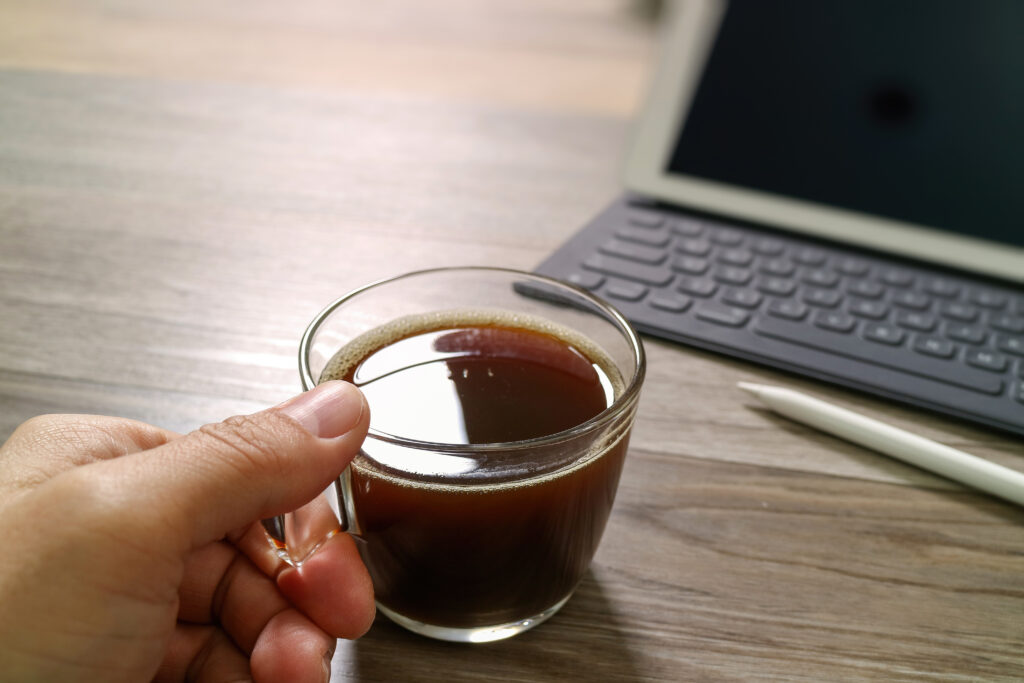Have you ever eagerly anticipated a sip of coffee, expecting a velvety chocolate delight, only to get a jolt from a bitter concoction? That’s your coffee’s way of saying, “We need to talk.” If you find yourself grimacing rather than grinning with each sip, it’s time to diagnose why your coffee tastes bitter rather than sweet. Let’s grind through the issues and steam up some coffee tips, ensuring your next cup is nothing short of splendid.
Where Was Your Bean Born?
Understanding your bean’s origin can be a game-changer. Coffee beans come from various altitudes, which affect their flavor profile. The low-grown Robusta beans, often cultivated at 600 to 760 meters, are the tough guys of the coffee world—more acidic, less sugary, and yes, they pack a bitter punch due to their robust nature. On the higher slopes (1200 to 1500 meters), Arabica beans flourish, offering sweeter, more nuanced flavors.
And here’s a buzz-worthy fact: Robusta beans contain double the caffeine of Arabica. While that might seem like a perk, remember, more caffeine equals more bitterness.
Tip: Stick with Arabica beans for a smoother, more aromatic cup. Regions like Ethiopia and Colombia are known for their high-quality Arabica, which could really perk up your palate.
Indulge the Senses: Freshness Counts
Your nose doesn’t lie—smell your beans! Fresh beans smell divine, while old beans can take on an acrid smell that hints at the bitter disappointment to come. Always check the “Roasted on” date on your coffee bag. Remember, coffee is like any fresh product; it doesn’t age gracefully.
Brew Ratios: A Balancing Act
Ever heard of the CoffeeGeek Standard Ratio? It’s not rocket science, but it’s close—7g of coffee per 100 mL of water. Mess this up, and your brew could range from weak and watery to shockingly strong. Remember, the ratio affects the extraction; an imbalance here can leave a bitter note.
Tip: Adjust the coffee-to-water ratio according to taste, but keep it balanced for the best flavor.
Check Your Temperature
Did you know the ideal brewing temperature for coffee is about 205° Fahrenheit? Too hot, and you’ll over-extract, leading to bitterness; too cold, and your coffee will be underwhelming and flat.
Tip: Use a thermometer to hit that sweet spot of 205°F and watch your coffee’s flavor bloom.
Machine Cleanliness is Coffee Godliness
Keep your brewer clean. A dirty coffee machine is a common culprit for a bad cup. Regular cleaning every few months at home, or more frequently in a café setting, can be the difference between a delightful or dreadful cup.
Water Quality Check
What’s in your water? High mineral content or impurities can wreak havoc on your coffee’s taste. Filtered water is your friend here, ensuring that nothing but the best touches your beans.
Microwave: A Coffee No-No
Reheating coffee in a microwave? That’s a cardinal sin in the coffee world. Brew only what you can drink, or if you must store it, keep your coffee in a thermal carafe to maintain its integrity.
It’s Not You, It’s the Roast (or is it?)
Sometimes, the problem is as simple as the roast itself. Over-roasted beans are bitter beans. On the other hand, if every cup is a struggle, perhaps it’s time to consider that coffee might just not be your cup of tea. And that’s okay!
Keep Experimenting
Coffee is vast and varied. From velvety African coffees to vibrant South American blends, each bean tells a story. Keep trying different types until you find the one that sings to your soul. Or, better yet, take a coffee class and dive deep into the world of brewing.
Conclusion
So, before you swear off your morning brew, give these tips a shot. Tweak your process, try a new bean, and maybe, just maybe, you’ll find your coffee nirvana. And remember, in the office or at home, a good cup of coffee can turn your whole day around. So, why settle for bitter when you can brew better?
